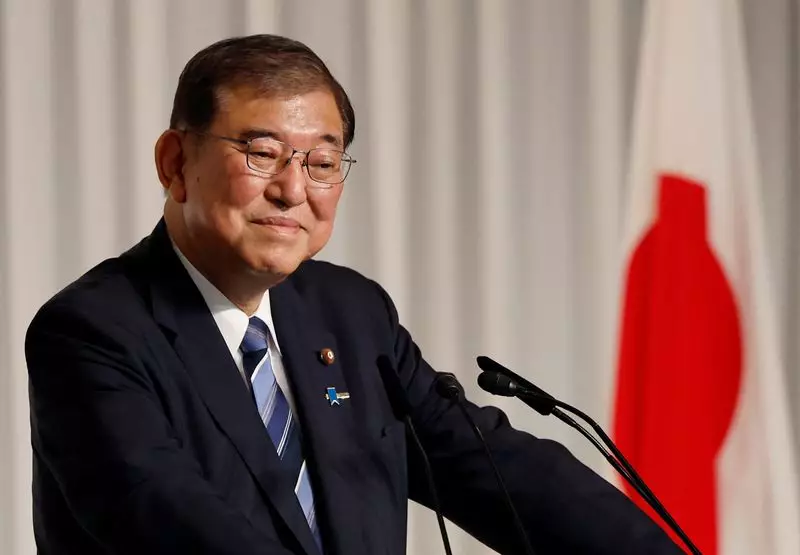As Japan prepares to welcome Shigeru Ishiba as its new prime minister, a shift in the country’s economic landscape appears imminent. Ishiba, who recently secured the leadership of the ruling Liberal Democratic Party (LDP), expressed a commitment to maintaining a broadly loose monetary policy while also remaining open to incremental interest rate increases by the Bank of Japan (BOJ). His approach signals a notable prudence, as he balances the need for fiscal stimulus with the ongoing challenges of price stability within the nation.
Ishiba’s stance comes at a critical juncture for Japan’s economy, which has struggled with near-zero interest rates and deflationary pressures for an extended period. At a television appearance, he stated, “We’ll deploy fiscal stimulus if necessary,” indicating that economic interventions might be necessary to stimulate growth. This duality in his approach—supporting a loose monetary policy while allowing for the autonomy of the central bank—reflects a nuanced understanding of Japan’s economic complexities and the inherent need for stability.
One of the primary challenges facing Ishiba’s administration will be addressing the stagnation in Japan’s economy, which has seen flat GDP growth over the past two decades. Ishiba has articulated the necessity for Japan to “fully emerge from deflation,” emphasizing the critical nature of revitalizing household consumption. With wage growth not keeping pace with inflation, consumers find themselves in a precarious situation. Ishiba’s commitment to accelerate policies aimed at raising household incomes presents a timely strategy to tackle these economic impediments.
Analysts have pointed out that Ishiba’s election may remove previous roadblocks for the BOJ in its potential interest rate hikes. The newfound flexibility of the central bank could pave the way for more decisive policy shifts aimed at combating inflation. As Ishiba himself noted, “Unless consumption increases, the economy won’t do well.” Establishing a balance between encouraging consumer spending and managing inflation will be one of the key testaments of his premiership.
The legacy of former Prime Minister Shinzo Abe’s “Abenomics” policies has loomed large over Japan’s economic landscape, yet Ishiba’s ascent may signify a departure from these past strategies. Notably, Ishiba defeated Sanae Takaichi, a prominent supporter of Abe’s aggressive monetary policies, which has led some economists to proclaim that the influence of Abenomics may be diminishing.
Kazutaka Maeda, an economist at Meiji Yasuda Research Institute, proclaimed that Ishiba’s leadership would grant the BOJ greater freedom in determining interest rate policies. With Ishiba emphasizing the prudence of allowing the central bank to make decisions autonomously, expectations among market participants are shifting toward a more aggressive tightening policy aimed at stabilizing inflation rates.
In the wake of rising global uncertainties and inflationary pressures affecting essential goods, Ishiba is likely to propose a supplemental budget to fund a fresh stimulus package. He has acknowledged the pressing need to address food and fuel prices as part of this package, which reflects a responsiveness to the economic realities faced by ordinary citizens.
As inflation persists, the BOJ Governor Kazuo Ueda has reiterated that the central bank is prepared to continue raising rates if the target of 2% inflation is consistently achieved. This stance is intriguing but raises questions about the balance between monetary policy and public sentiment regarding cost of living increases.
As Japan stands on the cusp of a new economic chapter under Ishiba’s leadership, the balancing act between stimulating the economy and managing inflation promises to be both intricate and impactful. The strategies adopted during this period will not only define Ishiba’s premiership but also shape the broader economic future of Japan. With an emphasis on consumption, wage growth, and fiscal stimulus, the nation’s journey toward sustainable economic growth and stability will be a significant focal point for both policymakers and citizens alike.


Leave a Reply